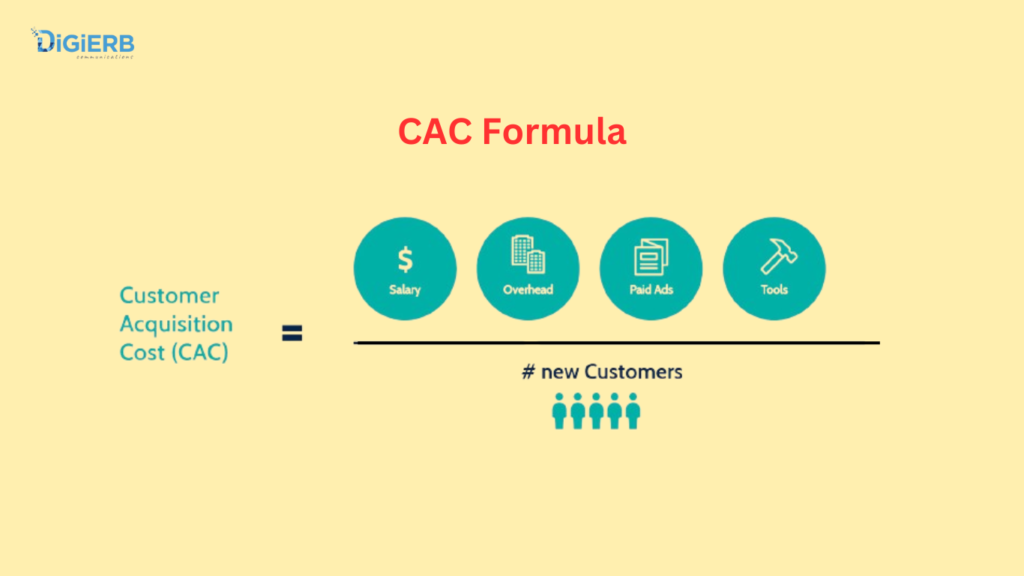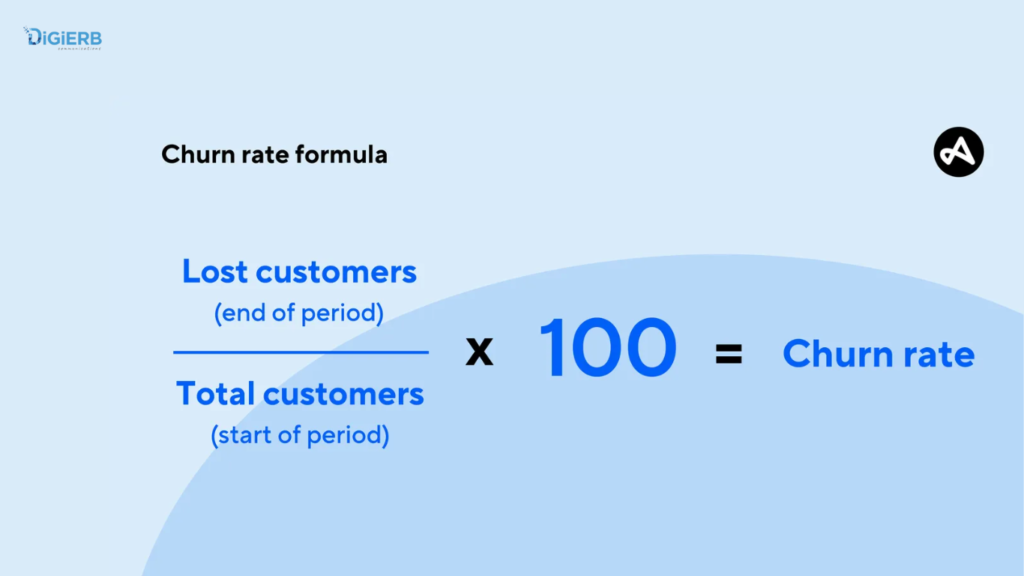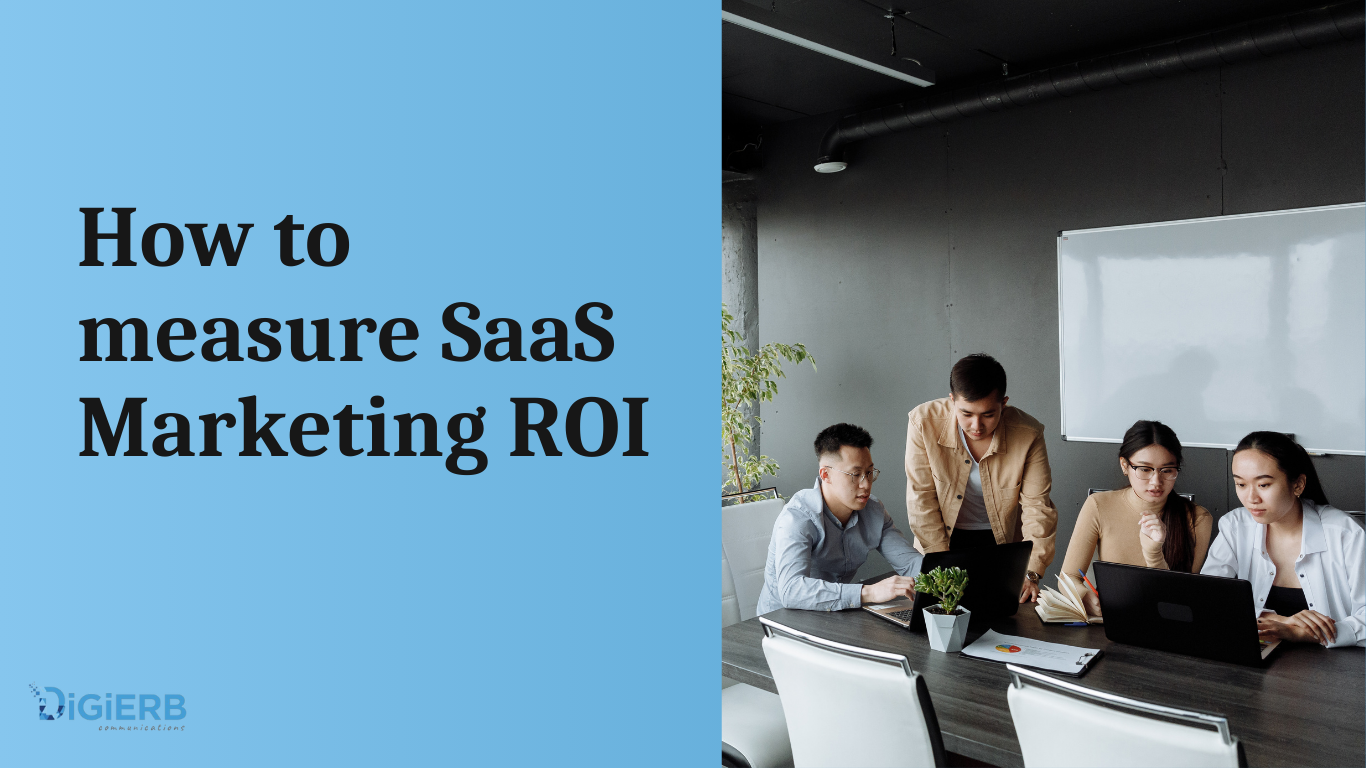In the dynamic realm of Software as a Service (SaaS), the effectiveness of your marketing efforts can significantly impact your business success. Ever felt like measuring your marketing ROI is like decoding a secret message? Fear not! This blog will provide you with a comprehensive guide on how to measure SaaS marketing ROI effectively.
- Define Your Goals:
First things first – set a guide with a clear destination! What do you want from your marketing journey? Make sure your goals align with your business plan, whether it’s generating more leads, converting customers, or building brand loyalty.
- Customer Acquisition Cost (CAC): Time to check your marketing budget health! Take your total marketing and sales spend, divide it by the number of new customers – you’ve got your Customer Acquisition Cost. The lower, the better – it’s your green light to cost-effective marketing.

- Lifetime Value (LTV):
Let’s talk about long-term relationships. Determine the lifetime value of a customer by calculating the total revenue they generate for your SaaS over the course of their relationship. To be sure you’re in for a long-lasting, lucrative relationship, match it with CAC.
- Conversion Rates:
Think of your marketing funnel as a journey. From website visitors to trial sign-ups and beyond – measure those conversion rates.To ensure better sailing, find the areas where your travelers are getting trapped and remove such obstacles.
SaaS Marketing ROI:
First of all, let’s define marketing ROI.
When you boil it down, marketing ROI is a simple concept. It’s the return on investment from the amount a company spends on marketing. You may have seen it referred to as MROI or ROMI (return on marketing investment).
To calculate ROI, subtract your marketing cost from sales revenue.
Then, divide by marketing cost.
This formula can be used to assess both specific marketing efforts or to assess overall marketing ROI.
Formula: (sales revenue – marketing cost) / marketing cost
This simplistic way to measure ROI is at best, optimistic, and at worse, completely wrong.
Lead-to-Customer Conversion Time:
Time is money, my friend! Check how long it takes for a lead to become a paying customer. Speeding up this journey puts more wind in your sails for a quicker return on investment.
- MQLs and SQLs:
Meet your leads – Marketing Qualified and Sales Qualified. Understanding the quality of these friendships is key. Ensure that your sales and marketing team are best friends, collaborating to convert leads into loyal clients.
- Churn Rate:

Don’t let customers slip through the cracks! Calculate your churn rate – the percentage of customers bidding farewell. The lower, the better. Customer loyalty is a sign of a happy customer, which is good for your ROI.
- Return on Ad Spend (ROAS):
Got your ship anchored in the paid advertising harbor? Calculate your Return on Ad Spend (ROAS) – revenue from ads divided by ad costs. A positive ROAS means your ship is sailing in the right direction!
- Customer Feedback and Satisfaction:
It’s not just about numbers; it’s about happy customers too! Use NPS and surveys to measure satisfaction levels. Happy customers not only stay but bring friends along for the SaaS party.
Measuring SaaS marketing ROI is an ongoing process that requires a combination of quantitative and qualitative analysis. By aligning your metrics with your business goals and continuously refining your strategies based on data driven insights, you can ensure that your SaaS marketing efforts yield maximum returns. Stay flexible, adapt to changes, and let the metrics guide your path to SaaS success.





